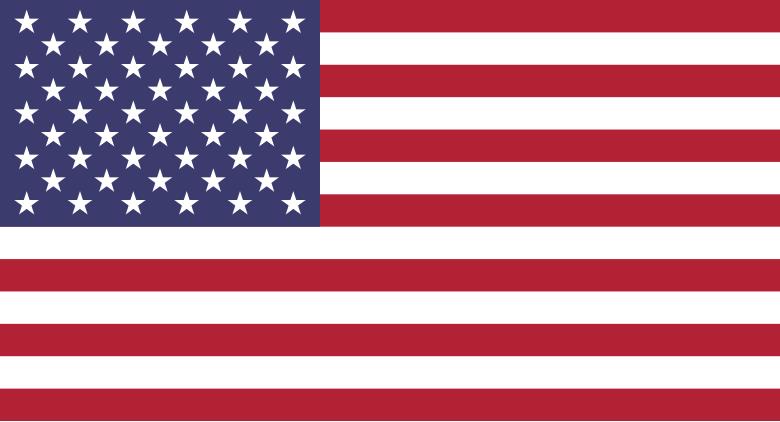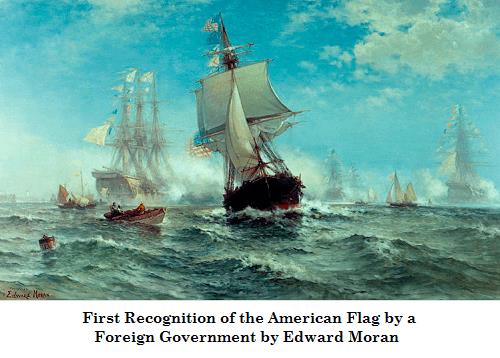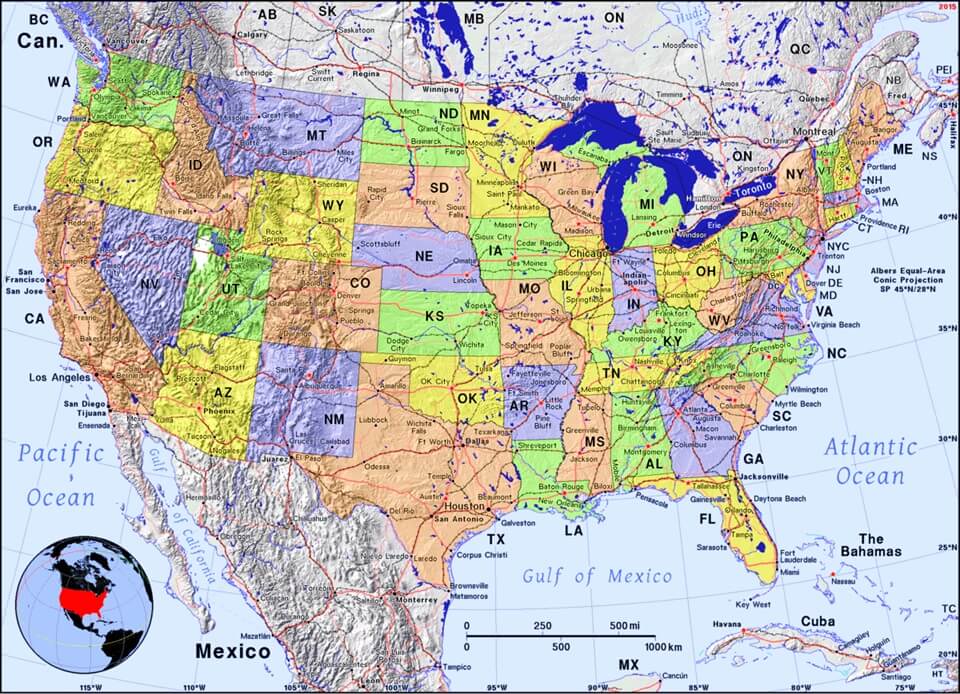Activity 1: Narrate the Story
- After reading or listening to the story, narrate the story events aloud using your own words.
Activity 2: Color the Story

- Click the crayon above, and complete page 38 of 'History Coloring Pages for First Grade.'
- Count the number of stars on the flag in the coloring page. What do you think the number of stars on the flag represents? (The number of stars represents the fifty states of the United States of America.)
Activity 3: Study an Artifact from the Story
- See below a picture of the actual flag that flew above Fort McHenry while Francis Scott Key wrote 'The Star-Spangled Banner.'
- Find the two people in the picture. The people put the enormous size of the flag into perspective.
- How many stars are on the flag in the picture? Why are there not fifty stars? (This flag has 15 stars. There were actually 18 states at the time this flag was flown. The law was later updated to require a star for each state. Today, the number of stars equals the number of states.)
Activity 4: Map the Story
- In this chapter, the British landed soldiers in Maryland. Zoom in and find the state of Maryland (MD) in the picture of the continental United States below.
Activity 5: Hear Sounds from the Story
- See below a video. The picture in the video is of an American flag flying over Fort McHenry, the fort attacked by the British while Francis Scott Key wrote 'The Star-Spangled Banner.'
- Listen to the sound of the bombs in the video. Imagine how terrifying it must be to fight in a battle with bombs falling all around you.
- Listen to the US Army Bands play 'The Star-Spangled Banner.'
Activity 6: Sing the Story - Verse 1 of 'The Star-Spangled Banner'
- O say can you see, by the dawn's early light,
- What so proudly we hailed at the twilight's last gleaming,
- Whose broad stripes and bright stars through the perilous fight,
- O'er the ramparts we watched, were so gallantly streaming?
- And the rockets' red glare, the bombs bursting in air,
- Gave proof through the night that our flag was still there;
- O say does that star-spangled banner yet wave
- O'er the land of the free and the home of the brave?
 Stories of Great Americans for Little Americans
Stories of Great Americans
Stories of Great Americans for Little Americans
Stories of Great Americans



 Stories of Great Americans for Little Americans
Stories of Great Americans
Stories of Great Americans for Little Americans
Stories of Great Americans


